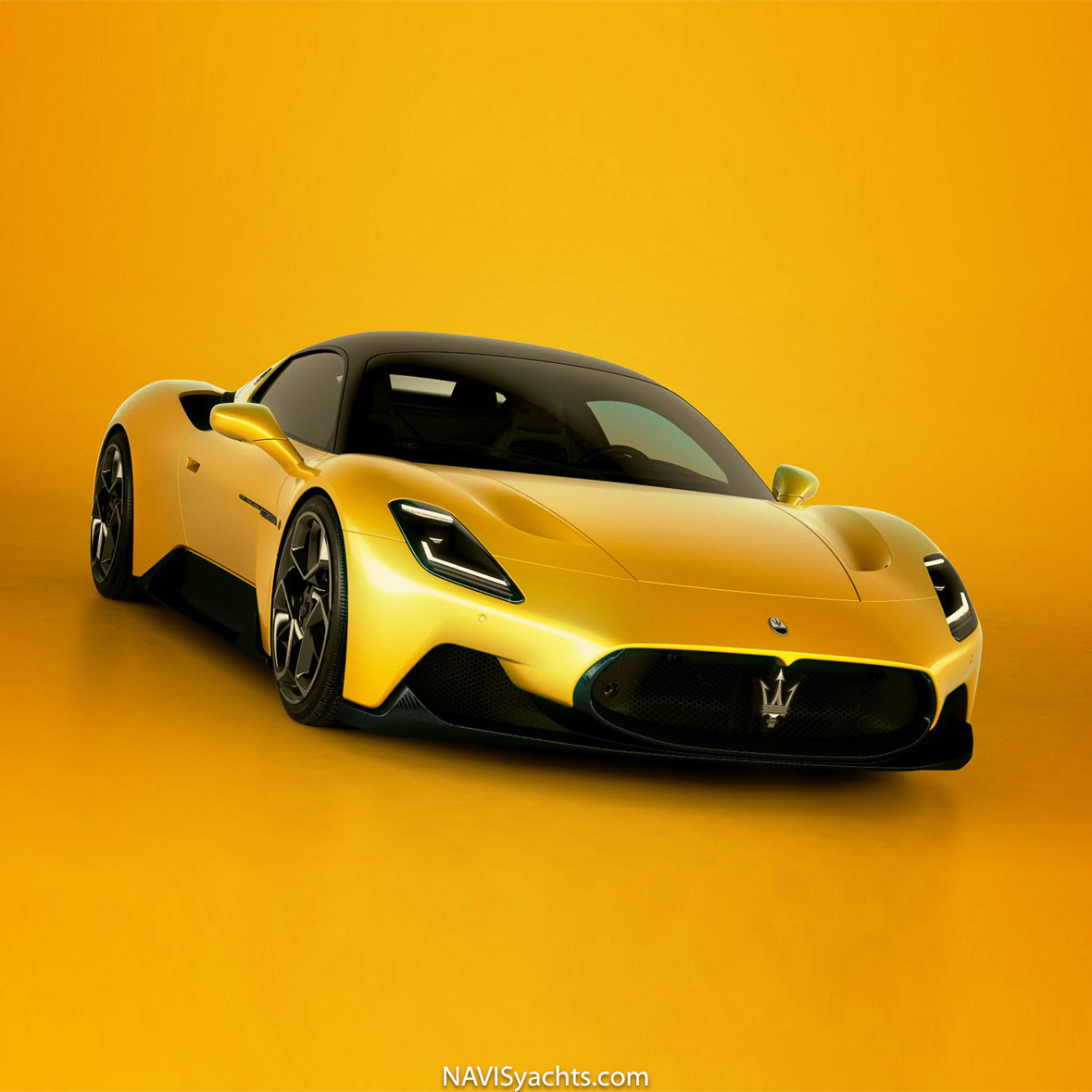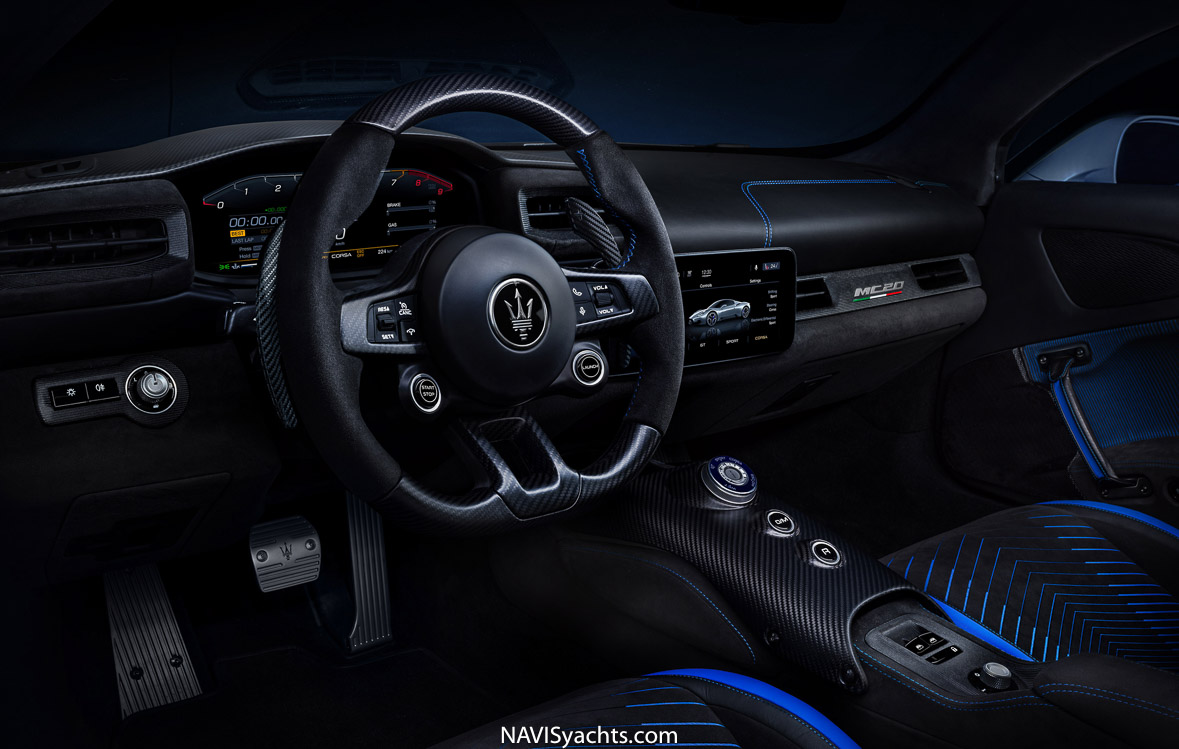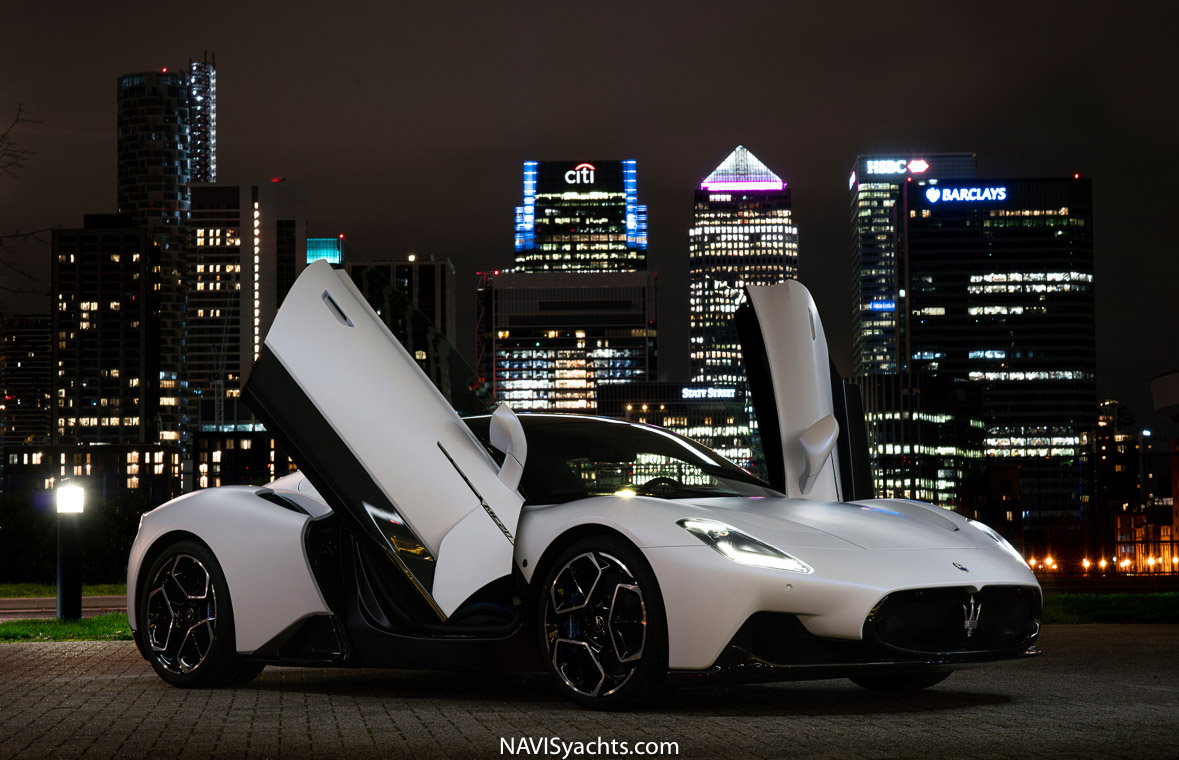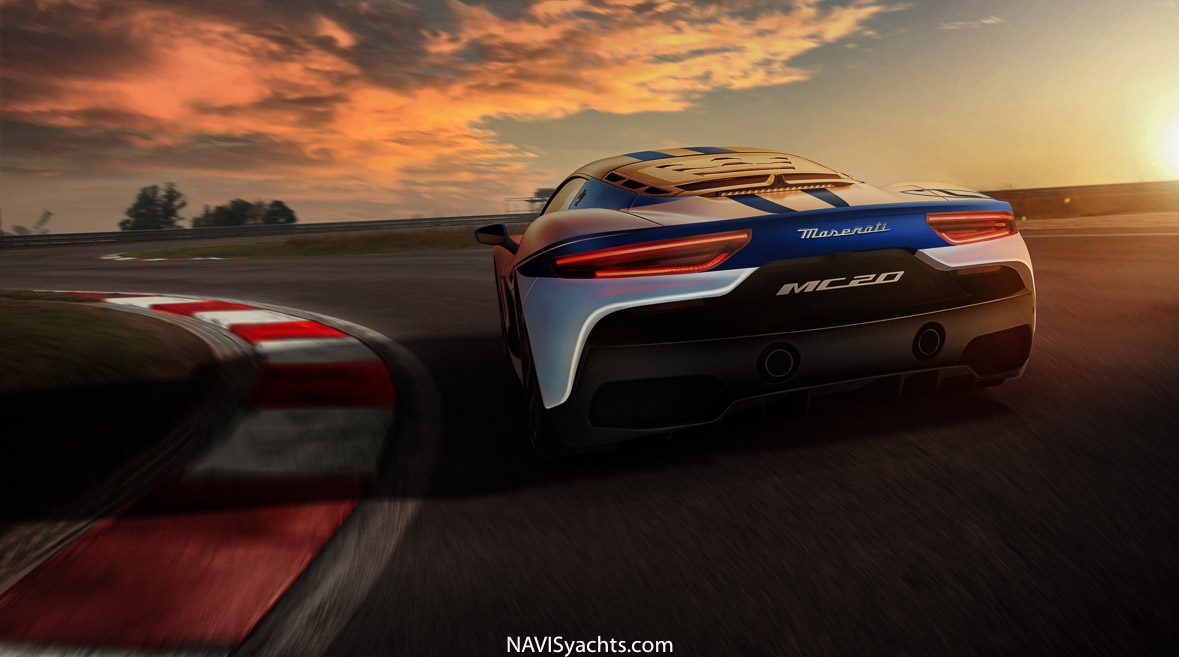Maserati is a name that is well-known among sports car enthusiasts. The brand represents a long and prestigious history, known for both the quality and beauty of its road products, as well as for the victories earned on all the world’s tracks. The famous trident logo, born in 1926 and placed for the first time on the TYPE 26, has remained a symbol of quality and performance. Notable models such as the Tipo 61 “Birdcage” and the multi-victorious MC12 are all part of the iconic lineage that is now renewed with force.
What secrets does this supercar coupé keep cleverly hidden from us? First of all, a new engine that is entirely Maserati. A project developed at the “Engine Hub” Technical Center, an area of the historic Modena plant, it is an innovative mechanical jewel in both architecture and technical details, especially a type of engine that has been missing from the Trident’s products for some time, hence it was aptly named “Neptune”!

For those curious about its secrets, we will only briefly say that it features a pre-chamber combustion system with double ignition, used for the first time in a road car, as well as in Formula 1. What does this mean for the MC20? It simply means 630 horsepower with 730 Nm of torque in only 220 kg of weight. This engine is a 3,000cc V6 bi-turbo that, thanks to its characteristics, allows for a supercar weighing only 1,500 kg, with a power-to-weight ratio of 2.4 hp/kg. The result? An acceleration of 0-100 km/h in 2.9 seconds and a top speed of 325 km/h!
As if all this were not enough in terms of performance, Maserati has managed to give it such an elegant, clean, and fascinating body that we can confidently say there are probably no supercar competitors on the market with such a combination of beauty and performance. The body shows a very simple and proportionate side profile, without large air intakes, spoilers, or rear wings. It is evident that a great deal of aerodynamic development work has been done, and undoubtedly, the underside of the car has a strong deporting function that allows for the high performance without “dirtying” the clean lines of the visible surfaces.

There is a classic Maserati front air intake with two small side vents that add value to the central one without weighing down the overall front of the car. Two air vents are positioned on the front hood and two air intakes are immediately after the doors. These in particular have an unusual but well-integrated shape into the body of the car, with an insertion worth noting and observing closely in detail.
The rear view is at the same time simple and elegant, with a division between the upper body and the lower group that includes the “technical” part, namely the two exhaust pipes, the engine air outlets, and the car’s black bottom diffuser. The horizontal rear lights follow the shape of the body in a harmonious way, completing a “tail” that, like the rest of the car, remains of great simplicity and elegance.

The black roof extends to the same-colored engine hood, which has a series of slots, both side and upper, made with a simple design that, as I continue to note, is part of the aesthetic value of this car. You may find my insistence strange, but as a car designer with many years of experience, I can testify that in the field of supercars, it is not easy nor common to find such a clean and elegant design that is also difficult to find negative points or details to criticize.
Photos: Maserati Media, Pablo Ferrero | Words: Jorge Arcuri




